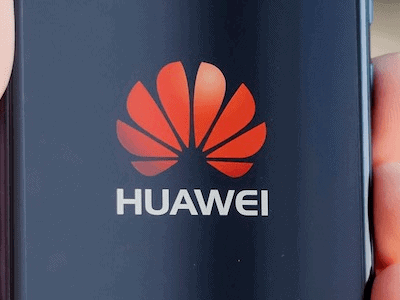Difficult road ahead for Phicomm in India
Share This Post
With nothing path breaking to offer, stiff competition at the hands of established brands
Phicomm strengthens the trend of Chinese OEM’s direct entry to India. But, will it be able to make some impressive innings? Well, the offering (Passion 660) that it has entered India with, seems very difficult for the brand.
Looking at some earlier Chinese brands/OEMs that made an entry into Indian market, they had something unique in their proposition that helped them to get positioned as trend setters in the industry. Some of these successful brands include Xiaomi, OnePlus and Lenovo.
Phicomm has unfortunately sensed the wrong pulse about the selling points that help in India. Though not prioritised by order, below are the main specifications that a buyer looks for in a handset to make the decision.
- Screen Size
- RAM
- Memory
- Battery capacity
- OS and Version
- Front and Back Camera pixels
- Flash
- Processor Speed
- Number of SIMs
- Number of Cores
These are the widely used selling points either pushed by handset vendors and/or looked for by a buyer. In addition there are some default expectations and within each price band, the list of such default specifications changes to a certain extent. Some of such generic specifications would be WiFi, Bluetooth, FM, etc.
Phicomm Passion 660 priced at ₹10,999 has competing models within the price band of ₹9,000 to ₹12,000. Based on the actual pricing of the handsets, I am taking ₹8,999 to ₹11,999 for understanding what it has to offer to potential buyers.
This price band contributes 28% of the 4G handsets (Jan-April 2015) with 9 handsets available from 7 brands. Xiaomi leads this price band segment with close to 40% market share followed by Yu Yureka (Micromax) 29% and Samsung 19%. So, in this segment, Phicomm is surrounded by three strong brands present in India. In terms of handsets, Xiaomi Redmi Note 4G, Yu Yureka AO5510 and Samsung Galaxy J1 4G are the top three handsets with 40%, 29% and 17% of the shares in shipments.
Now, let’s do a comparison of above key decision guiding specifications of these three models with Phicomm Passion 660 and check out if Phicomm has sensed the pulse correctly.

On comparing the above critical deciding specifications, Phicomm Passion 660 has nothing to really impress a potential buyer or compel to buy. In such a scenario, Xiaomi Redmi Note 4G and Micromax Yu Yureka AO5510 has much better things to offer at relatively lower price tags.
Looking at the market performance Xiaomi Redmi Note 4G and Micromax Yu Yureka AO5510 capture 70% of the market in this price band and on a further deeper analysis of their specifications, it appears Screen Size, RAM, Camera MPs, Battery Capacity, Processor Speed and OS Version are the essentially core factors upon which a decision is made. Within these core factors, Phicomm Passion 660 is lagging behind in screen size, battery capacity and processor speed, thereby making chances of its success very remote.
The criticality of the success of a brand entering in a hyper competitive market like India lies in the fact that the brand has to exhibit trend setting in terms of specifications, pricing and marketing. Unfortunately, Phicomm hasn’t been able to impress on none of these. Even if there is expected price dilution after a period of time, Phicomm will only be next to its stiff competitors with literally offering nothing unique to tempt.
The brand should have made an impressive entry by setting the industry trend and challenging the competition to follow rather than landing in a situation where it will have to follow the competition in some time to come. And, after being in such a situation, if it brings in something really compelling, that would be seen as a defensive strategy rather than being aggressive.













